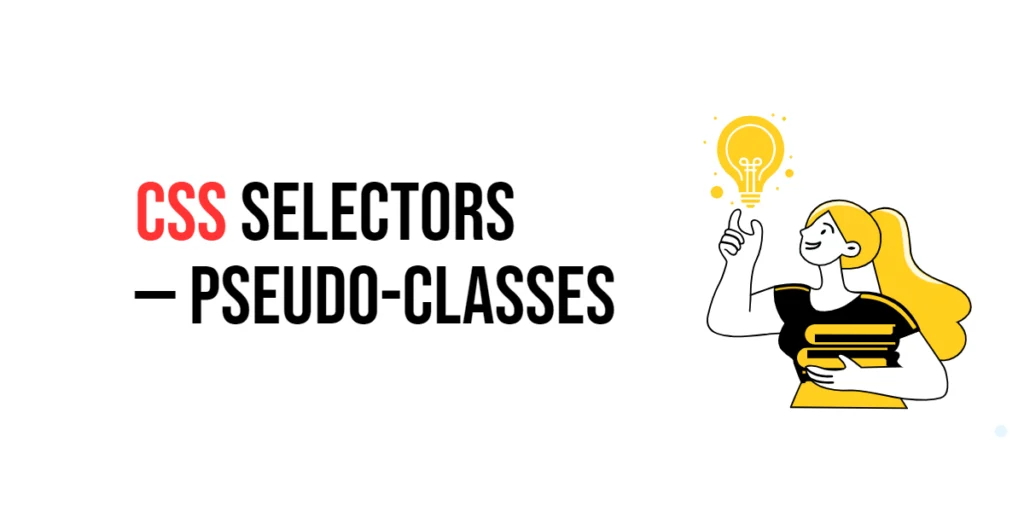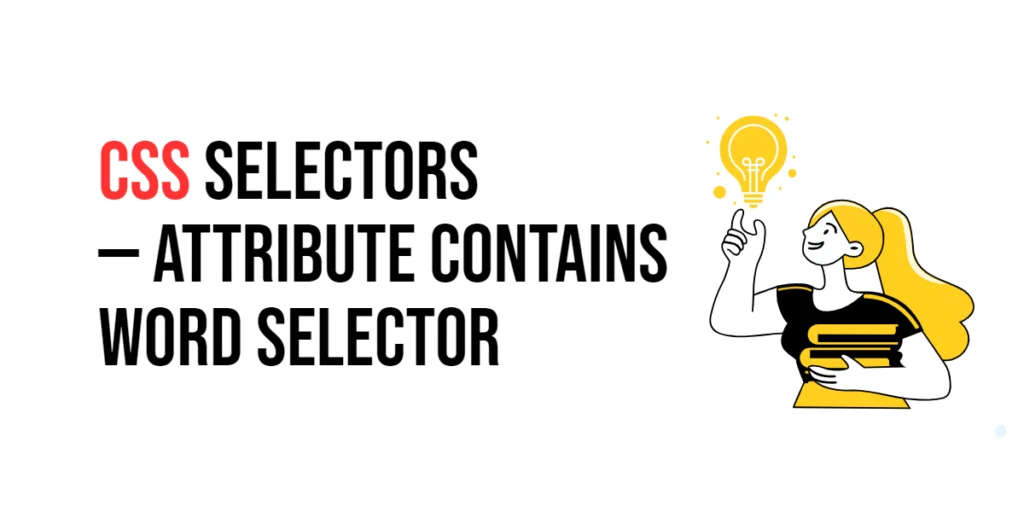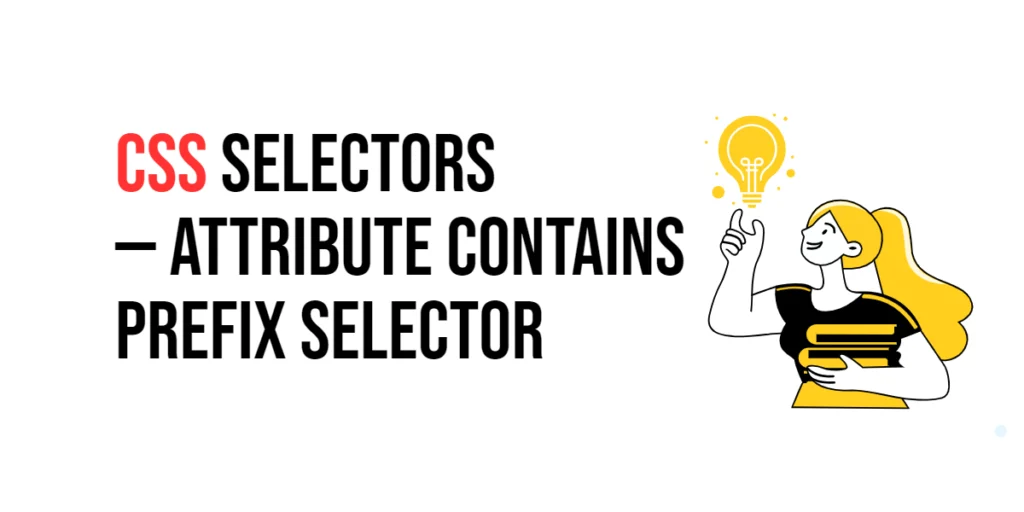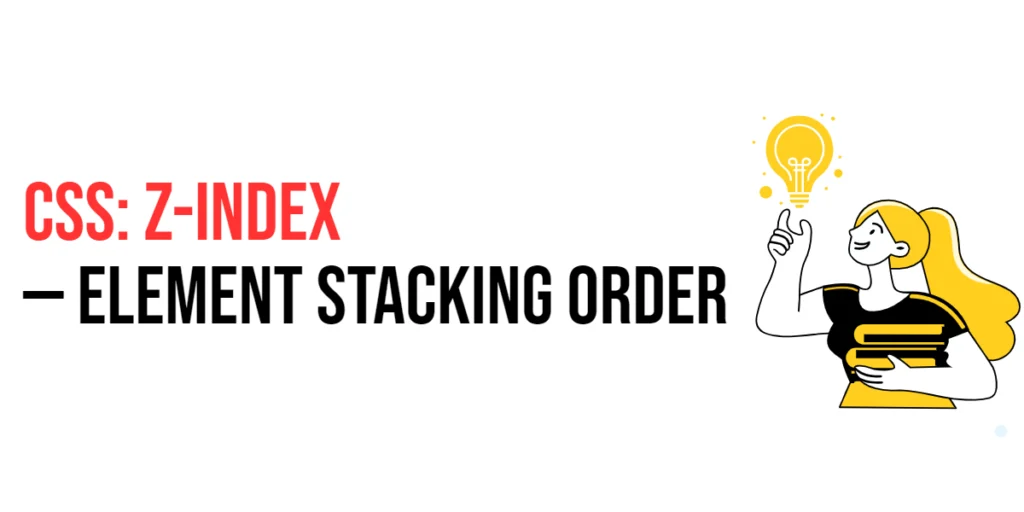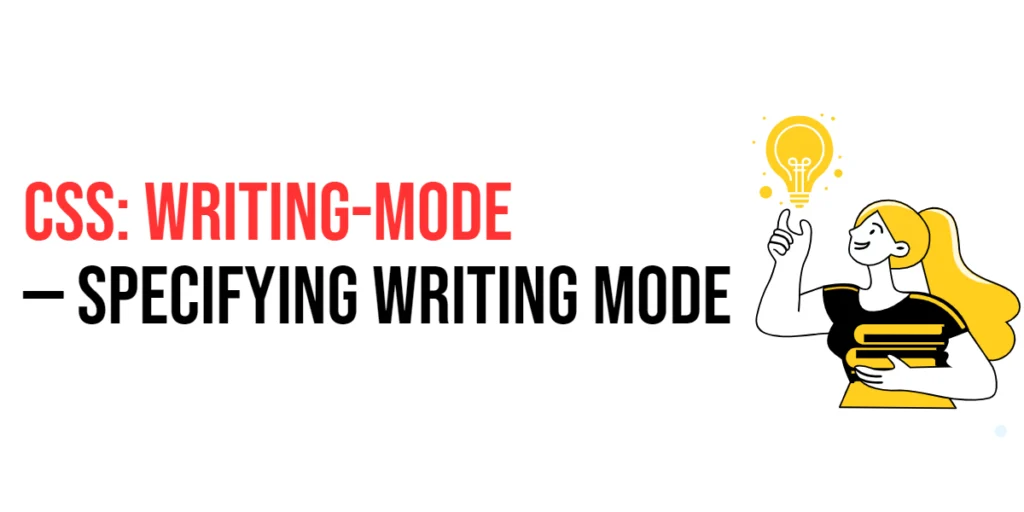CSS Selectors: Dynamic Pseudo-classes
Imagine you’re setting up an interactive exhibit at a museum. Each display reacts differently depending on how visitors interact with it—some light up when touched, others play sounds when someone stands close by. In web design, dynamic pseudo-classes in CSS work similarly. They allow you to style elements based on user interactions, making your website […]
CSS Selectors: Dynamic Pseudo-classes Read More »


